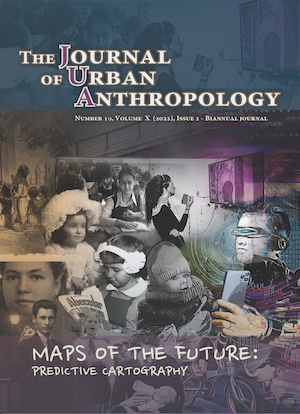Reintroducing disadvantaged districts into the urban fabric
Reintroducing disadvantaged districts into the urban fabric
Author(s): Alexandra LUNGUSubject(s): Social development, Social differentiation, Family and social welfare, Demography and human biology, Rural and urban sociology, Economic development, Socio-Economic Research, Identity of Collectives
Published by: EDITURA OSCAR PRINT
Keywords: urbanization; management; ghetto; Denmark; strategy;
Summary/Abstract: Along with the increasing urbanization of cities, urban development management has been hampered, or in a best-case scenario, limited. In metropolises,without efficient management of built spaces and town area, things can get out of hand easily. This is the case for disadvantaged districts, also called “ghettos” or notorious neighborhoods. What does this mean for cities and how can these districts be reintroduced in the city when, right now, they represent a barrier, a border inside the city? The Danish government has started in 2004 a series of initiatives to solve the “problem areas” situation. The complete strategy was published in2010, called “The Danish Ghetto Strategy”, a document created in order to regulate disadvantaged areas, its purpose being diminishing the socio-economic differences between living areas. The Danish Initiatives can have a favorable result in further developing methods, policies, and strategies for increasing the quality of living areas, the shared perspective on notorious neighborhoods, improving the urban image, and the social repercussions of living in such a neighborhood. This article will focus on the successful case of Rosenhøj district in Denmark and how this strategy model can be applied in Romania.
Journal: THE JOURNAL OF URBAN ANTHROPOLOGY
- Issue Year: 10/2022
- Issue No: 19
- Page Range: 94-108
- Page Count: 15
- Language: English
- Content File-PDF

